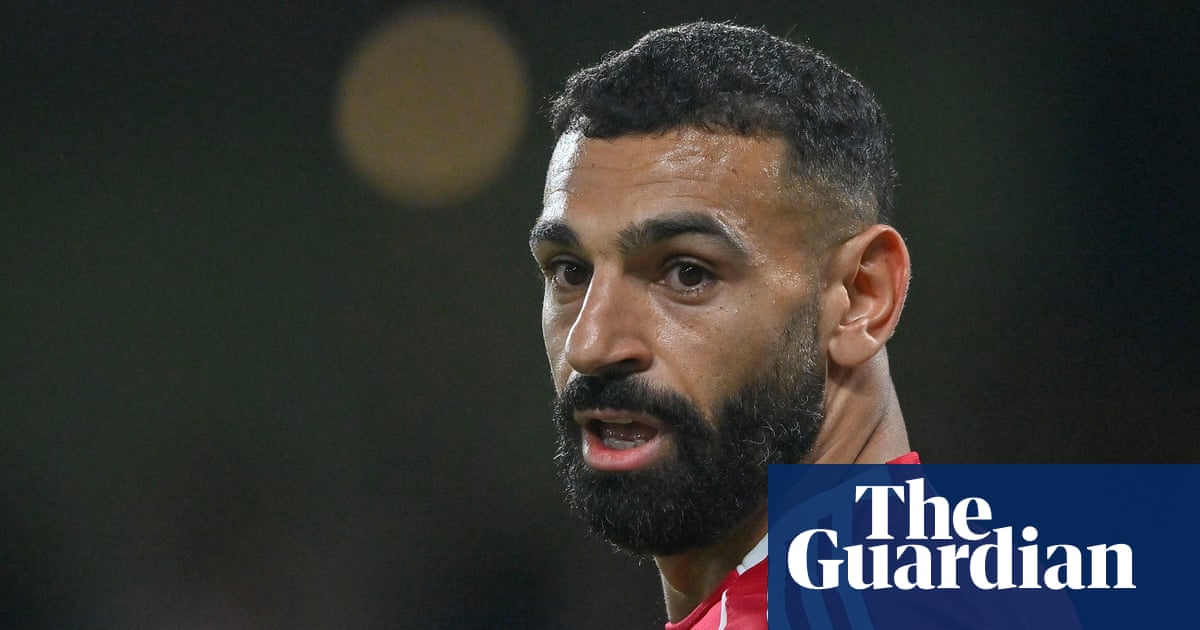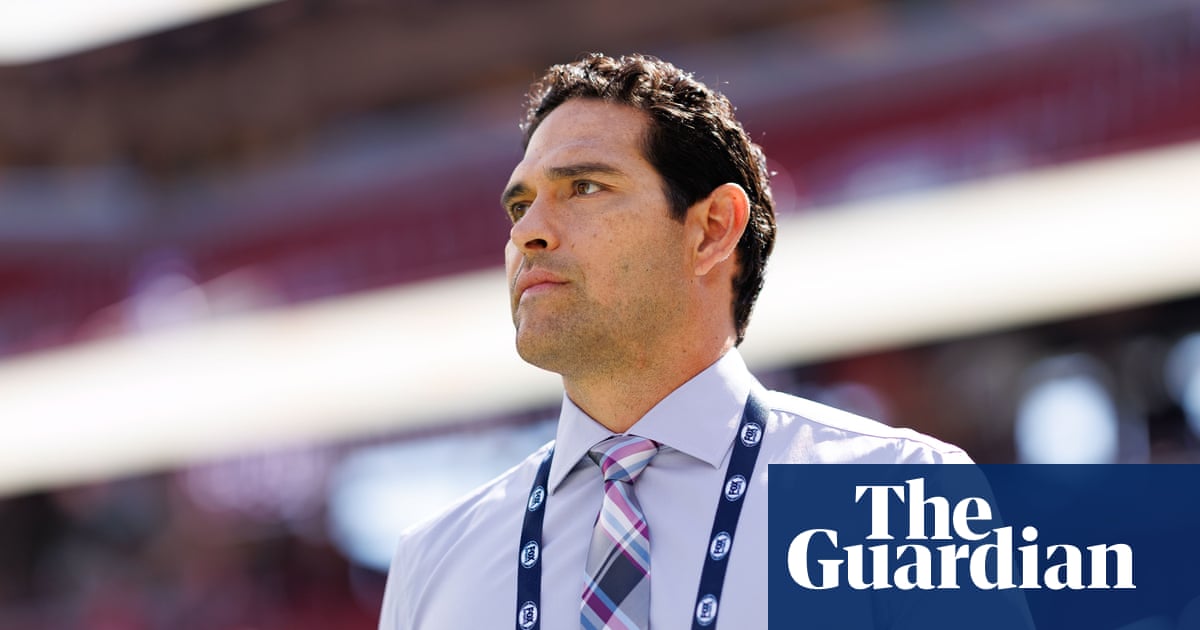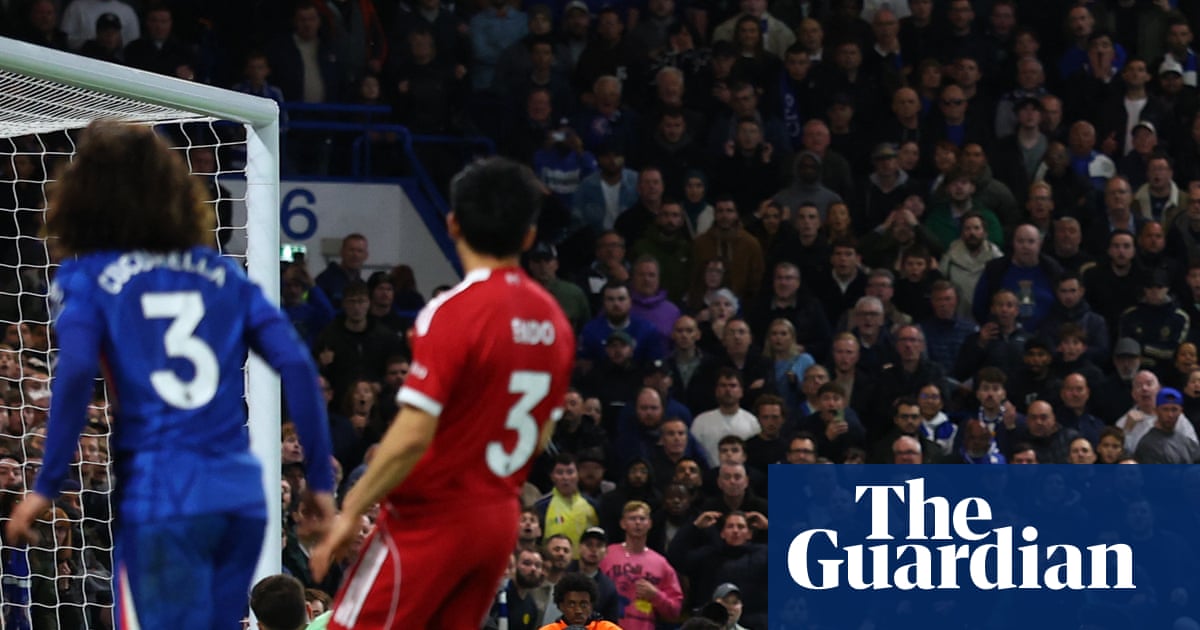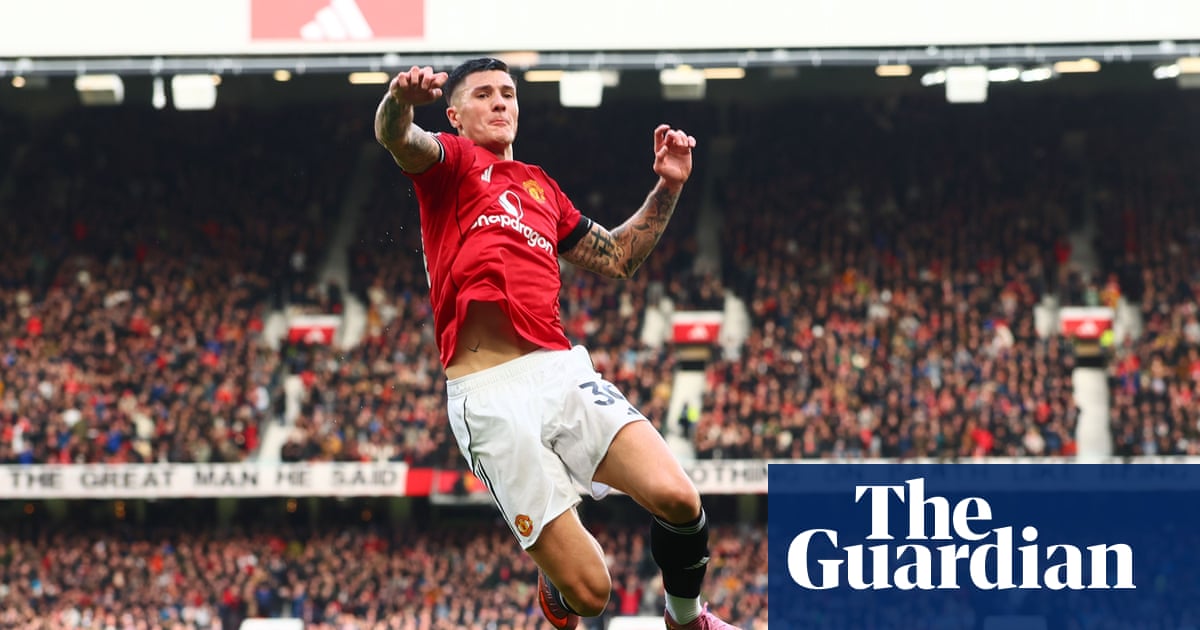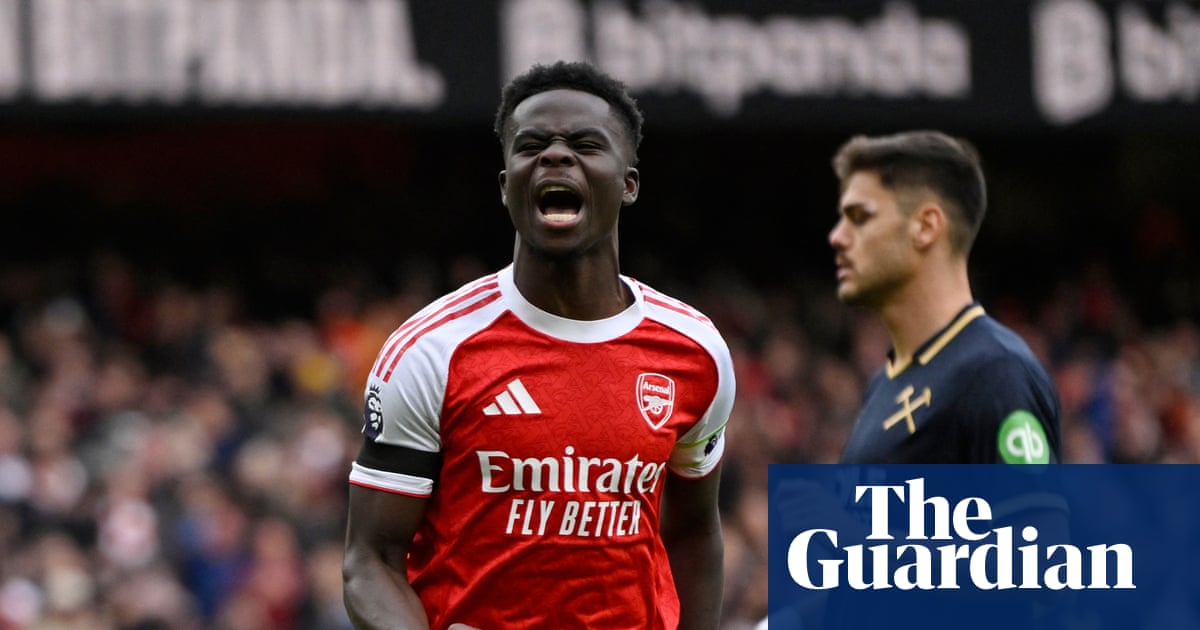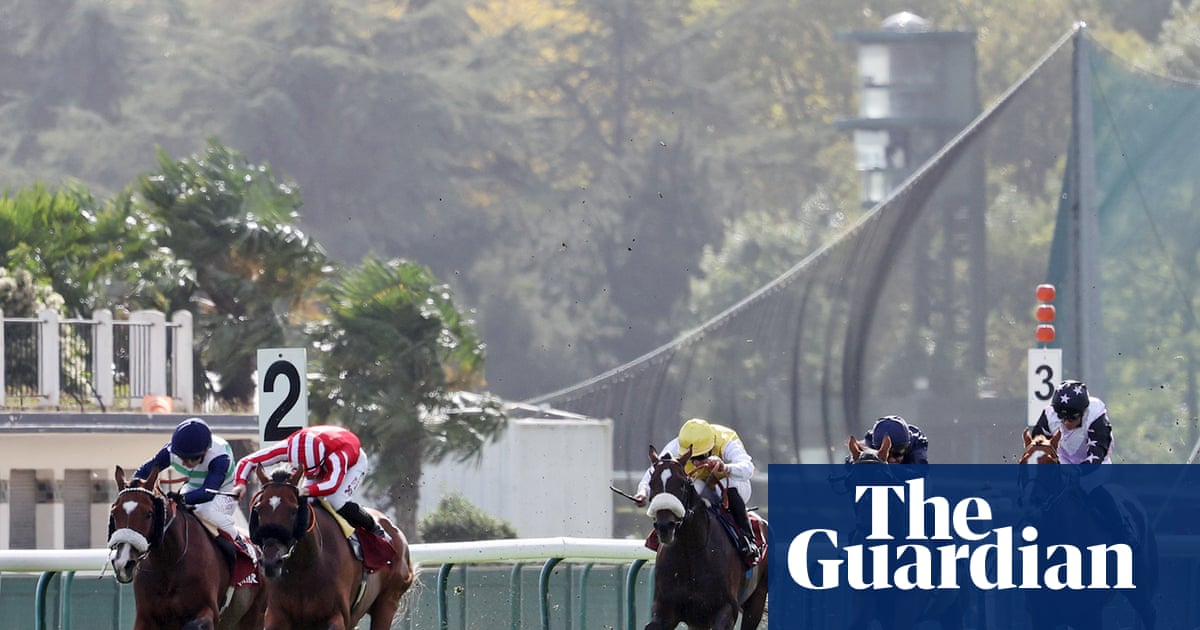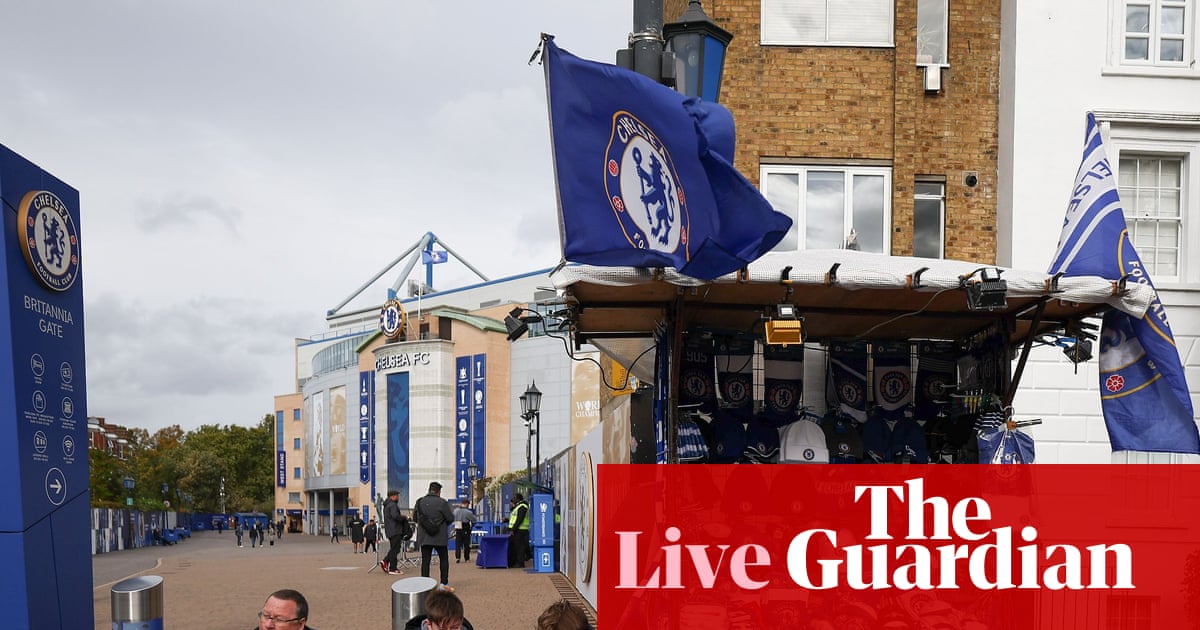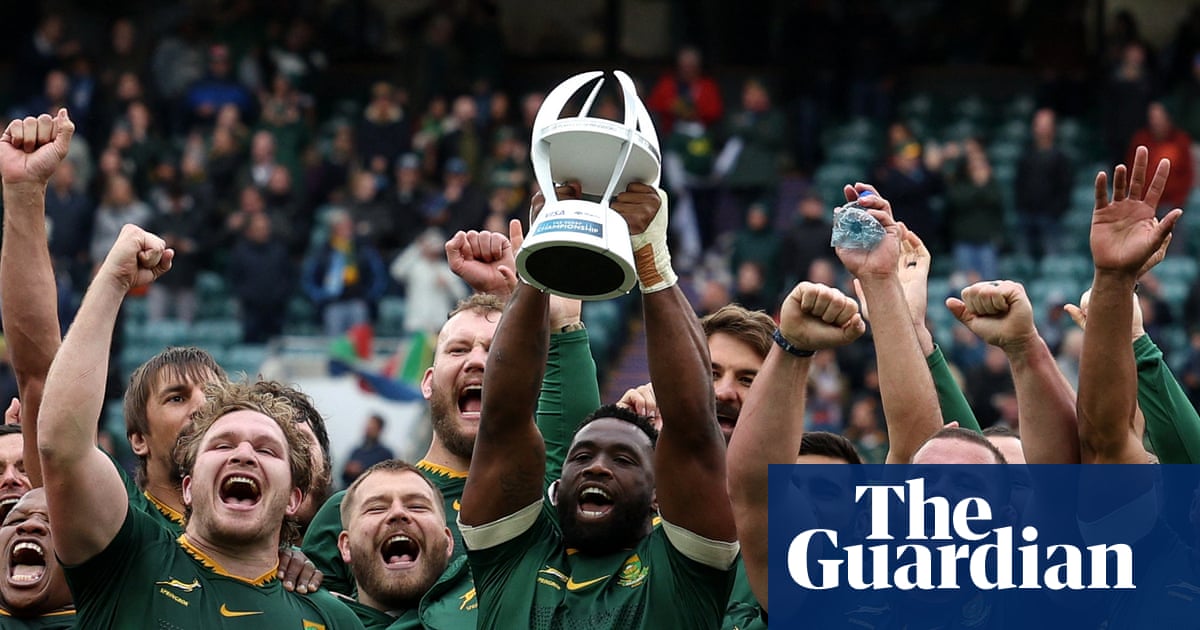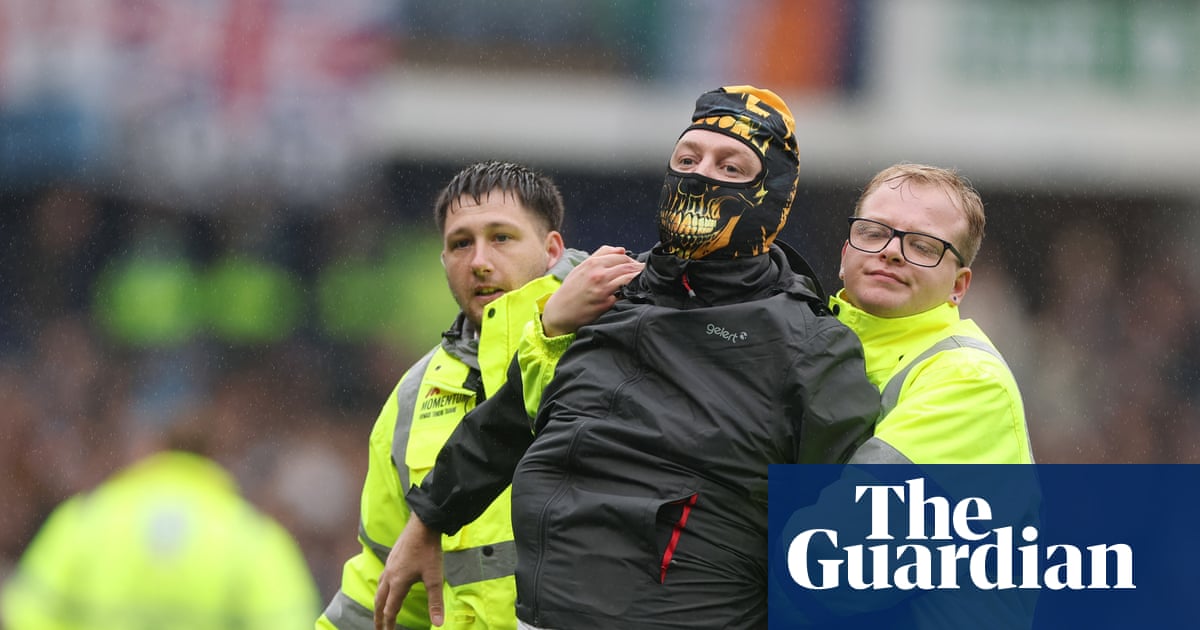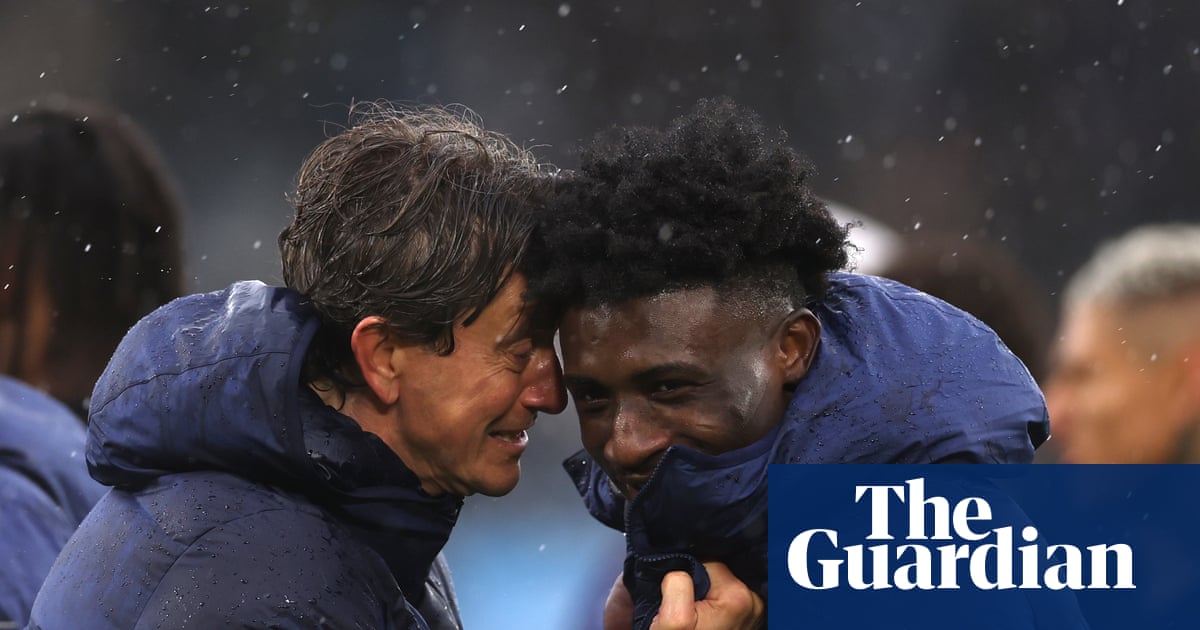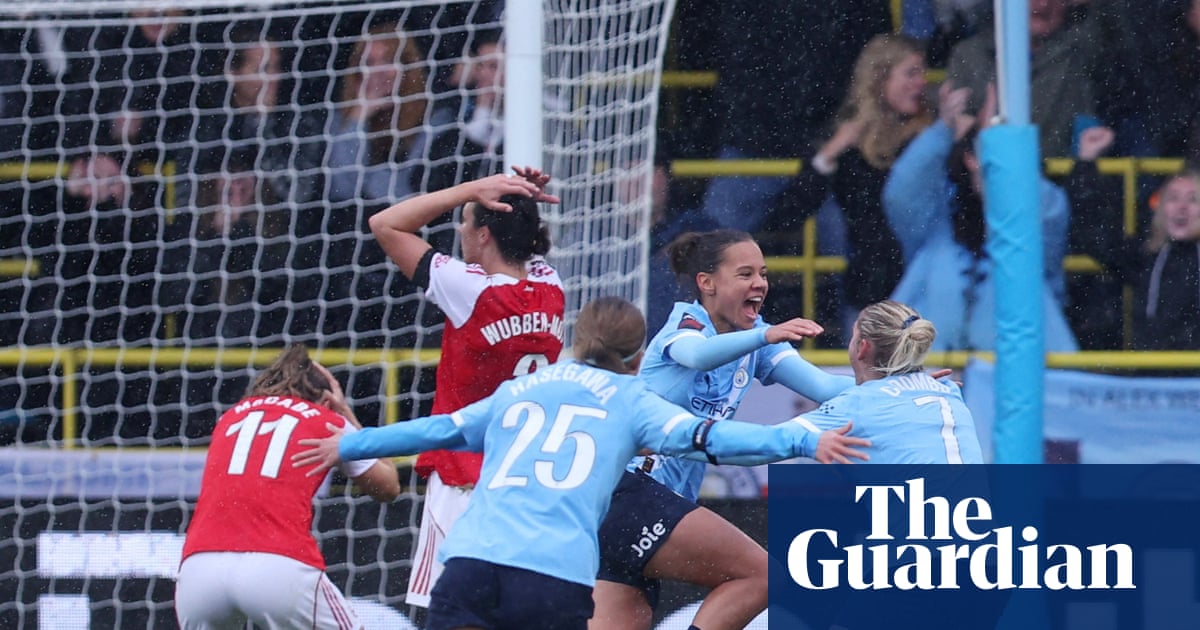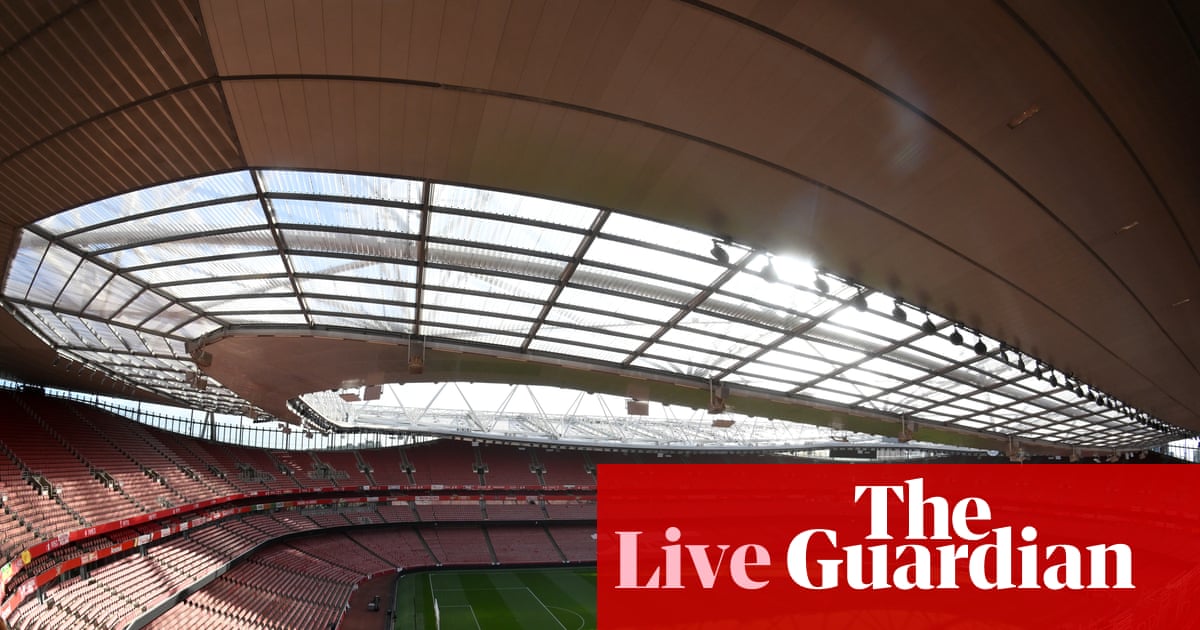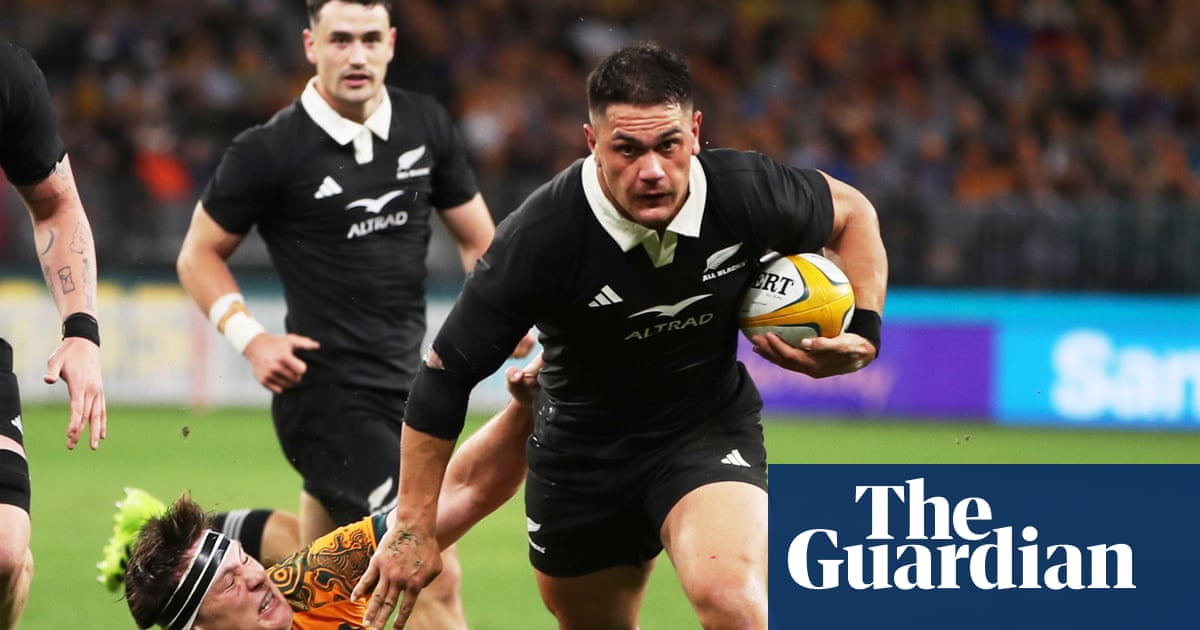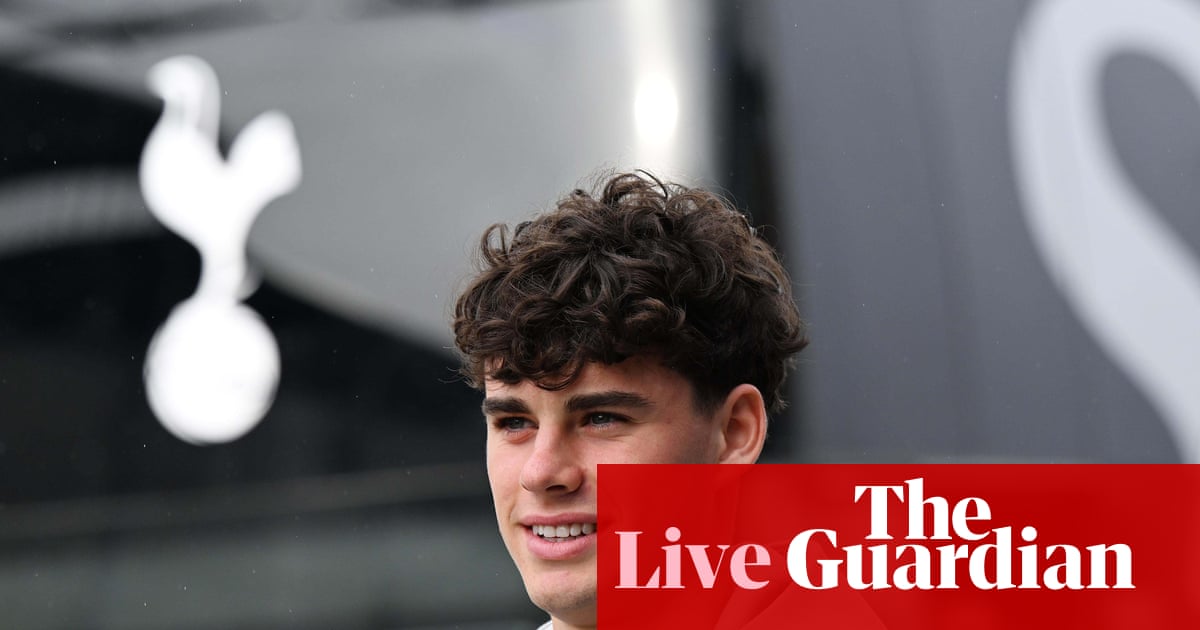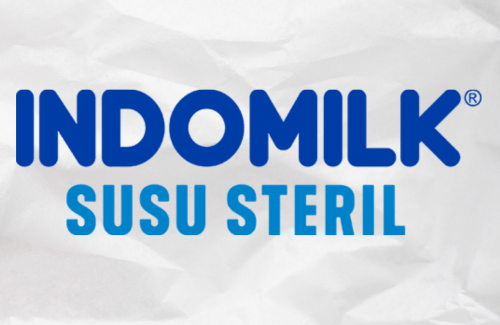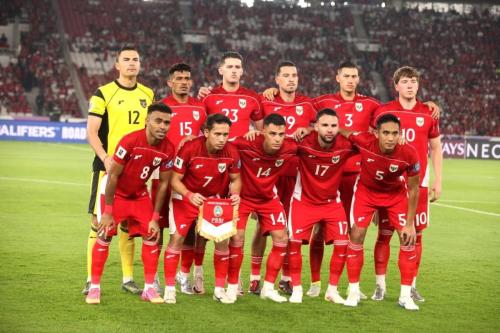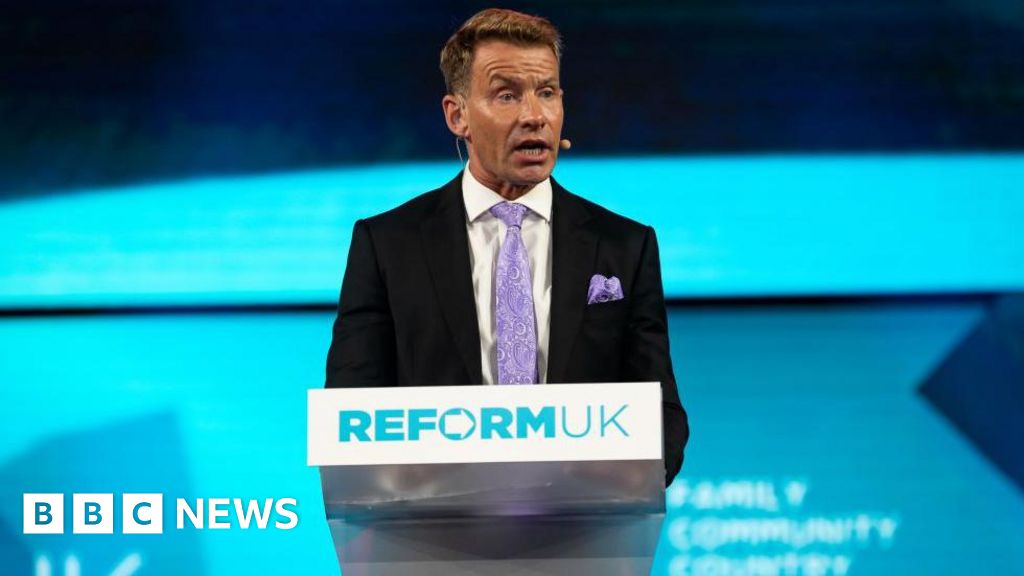Accept things need adjusting
Ruben Amorim’s 3-4-2-1 formation is not the cause of Manchester United’s struggles. United are recovering from decades of exploitation and the squad, fair in some areas and abominable in others, is only in mid-rebuild.
Nevertheless, there are structural weaknesses inherent within the setup – most particularly underloads in midfield and out wide – which must be mitigated. But Antonio Conte managed it at Chelsea just as Oliver Glasner has done at Crystal Palace because, once a match begins, the players run about; what that looks like is dictated not by starting position, but principles.
Amorim said recently: “The problem is not the system, the problem is the results,” which is like blaming sick for ruining the carpet, rather than the teenager cuddling an empty bottle of cider. Opponents have been exploiting the same holes in his team for nearly a year, not because the players can’t grasp what he wants, but because what he wants is full of holes.
For that reason, there will be no eureka moment when everything suddenly clicks, just as it is already clear that expensive signings will not redeem the situation. Brentford are a case in point. Despite losing their manager and best players over the summer, they switched from 5-3-2 to 4-2-3-1 specifically to embarrass a United side who play the same way every game and look risible in them all.
When Erik ten Hag arrived at Old Trafford, it quickly became clear that what worked in the Eredivisie would not work in the Premier League; his inability to adapt was the principal reason he failed. Now Amorim – who appears to have all the tools to succeed in the most demanding job in football, apart from the actual football – is doing likewise and, in the process, spurning the chance of a lifetime. For the first time in generations, the club have owners whose priority is winning, not enrichment. Bertrand Russell said he would never die for his beliefs because he might be wrong, but Amorim seems prepared to sacrifice himself for a creed that is demonstrably so: rather than relax his dogma to make United great again, he pledges unswerving loyalty to ideas that give him nothing back, wilfully and needlessly arranging painful regrets for his future self. He is on the edge.
Change the job of the outside centre-backs
Outside centre-backs are crucial in Amorim’s system: they carry the ball, make tackles, patrol channels, switch play, build play and augment attacks. One needn’t be Rinus Michels to wonder whether, if he has two players with the technical excellence, tactical intelligence and physical attributes to do so many different things, it wouldn’t make more sense to go with a back four and alleviate some midfield suffering instead of picking an extra defender.
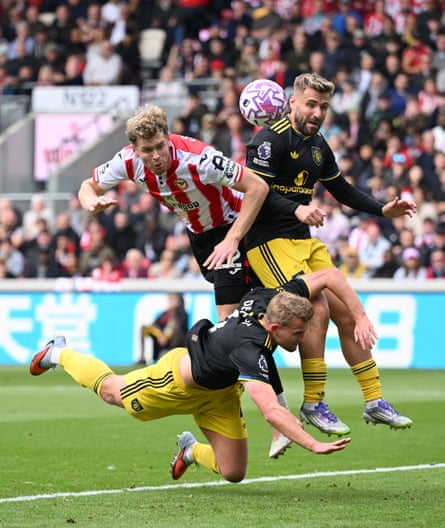
In the meantime, these centre-backs are being pinned by attackers who, simply by standing next to them, stop them from jumping into midfield challenges as the system requires. This means teams with three or four players in that area are able to play around United’s two, a situation that needs resolving urgently. But how?
Amorim could have his centre-backs jump anyway – though if they fail to win the ball they are leaving a man free – or bring Matheus Cunha deeper, curtailing his attacking possibilities but making more of his ball-carrying. But the move that makes most sense is to alter United’s pressing structure, such as it is, from 3-1-6 or 3-2-5 to a more compact, balanced and robust 4-4-2. In that situation, the centre-backs need not jump because there would be midfielders ahead of them rather than a big space which needs filling, with more equal spacing also facilitating better ball retention and chance creation.
Reintegrate Mainoo
Amorim’s chaotic, direct, impatient style demands United empty midfield and spam long balls, relying on excellence rather than coherence to create scoring opportunities. And, though their high expected goals (xG) suggests their attack will soon click, the eye test tells us it is largely down to them winning three penalties and taking lots of low-probability shots. They seldom sustain attacks or create big chances – though the players are capable.
The best teams control games by controlling tempo. United’s inability to do so is not entirely Amorim’s fault; reportedly, he wanted a midfielder in the summer, only for director of football Jason Wilcox to pull rank and buy a striker. But ignoring who is to blame – and there’s plenty to go around – the situation is unsustainable.
Amorim’s preferred central pairing is Casemiro and Bruno Fernandes, with Manuel Ugarte deputising when the former is unavailable. This means Kobbie Mainoo has barely played and, while the manager’s reservations are fair – he needs to get stronger and faster, as well as better at finding the ball and passing it forward – it is hard not to mistrust any system that excludes such a talent.
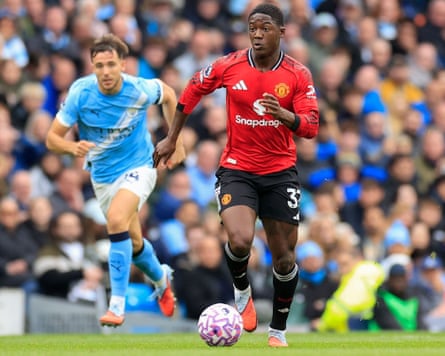
Casemiro, Fernandes and Ugarte are, for different reasons, players who speed the game up, whereas Mainoo can slow it down. Amorim’s Sporting could pump the ball forward early because of the disparity in class between their attackers and the average Primeira Liga defence, and if they lost it, had the power to recover. But in the Premier League, the quality is such that teams who cede possession cheaply are punished, while physicality is everywhere, so can take a team only so far. United have started some games quickly, only to struggle thereafter because it’s impossible to play at breakneck pace for 90 minutes and they have no apparent alternative, barely attempting to circulate the ball and pull opponents out of position with runs and rotations.
Mainoo’s ball manipulation is outstanding and, though partnering him with Fernandes is an imperfect solution, defensive weaknesses matter much less in a team who dominate possession. Given no side in the league are conceding, on average, as many high-quality chances as United, it is surely worth trying as the alternatives have been fully explored. While it is unclear what Mainoo can do in this system, the best way of improving him is playing him and it would be difficult for him to make things worse.
after newsletter promotion
Work with the wide players
On United’s right, Amad Diallo and Bryan Mbeumo are a combination that, in an attacking sense, should work, as both players are imaginative, intelligent and gritty, each able to fill the other’s role. Leny Yoro, when playing right centre-back, could form the third point of a triangle which should be a creative strength. At the moment, though, they rarely rotate, making it easy for opponents to stop them.
Amorim must drill them to move the ball and themselves, keeping their markers guessing, while passes to them should not always be to feet because, from a standing start, it is much harder to commit defenders. Rather, delivery should arrive into stride or to meet a run, making it easier for them to cut inside, beat men and open lanes for passing or shooting.
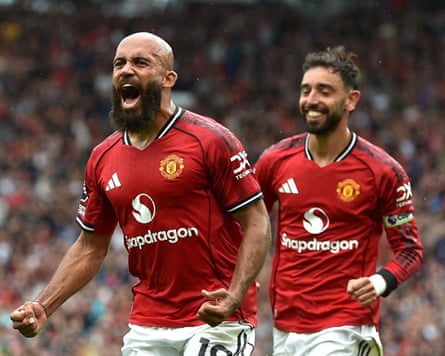
On the left, Patrick Dorgu receives the ball in dangerous areas far too often for someone so ill-equipped to exploit them. He should play slightly deeper, where his tackling and ball-carrying can be effective in supplying more reliable creators ahead of him, and he should also work on his crossing, a skill that can easily be improved with practice and at which, given Benjamin Sesko’s aerial prowess, it is essential he excels.
Dare to be brave
When Amorim has a decision to make, he regularly chooses the defensive option but, counterintuitively, the composition of his squad means attacking options are generally safer.
In goal, we know for sure that Altay Bayindir is not good enough. As such, Senne Lammens should come in on the basis the only thing that can prepare him for playing in the Premier League is playing in the Premier League.
At the back, he must trust Yoro and possibly Ayden Heaven, who impressed last season before getting injured. Meanwhile, at right-wingback, Diogo Dalot’s defending is nowhere near good enough for it to be preferred to Diallo’s attacking. Using him there also leaves the side, already struggling to create, a forward light.
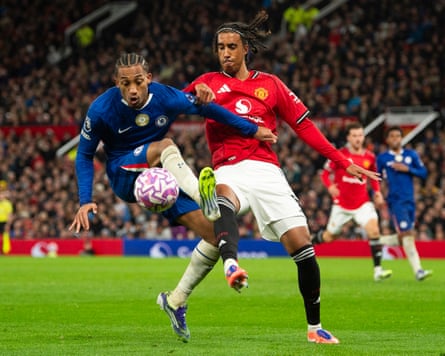
It is practical for Amorim to choose offensive options not just because of the technical makeup of his squad, but because he needs to fortify fragile confidence. When United led Chelsea 2-0 at half-time he replaced his centre-forward with a defensive midfielder, tacitly telling his team to sit on their lead while depriving them of the focal point and out-ball necessary for that.
Similarly, after United lost last Saturday, Amorim lamented his team playing Brentford’s game. Yet by picking Harry Maguire ahead of Yoro, and asking them to go long rather than play through the thirds, he set them up to do so. The best United managers were gamblers; the league champions are almost always an attacking outfit; and it is pointless buying an expensive forward line, with one of the world’s best creators behind it, only to play like Dave Bassett’s Wimbledon.
.png)
 1 day ago
7
1 day ago
7
